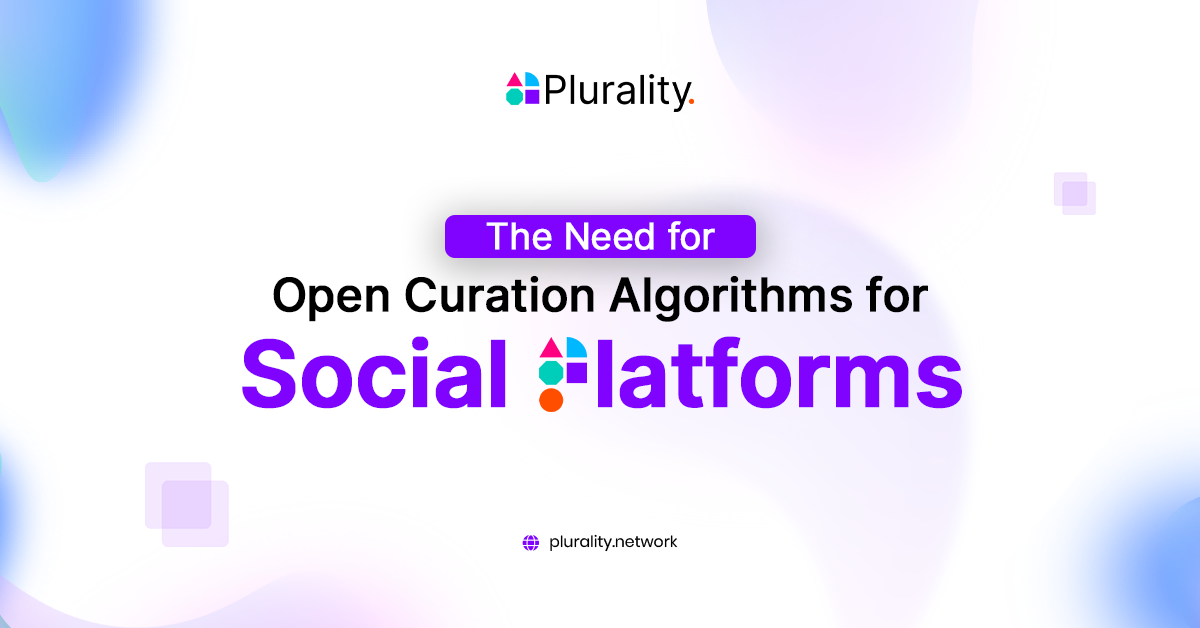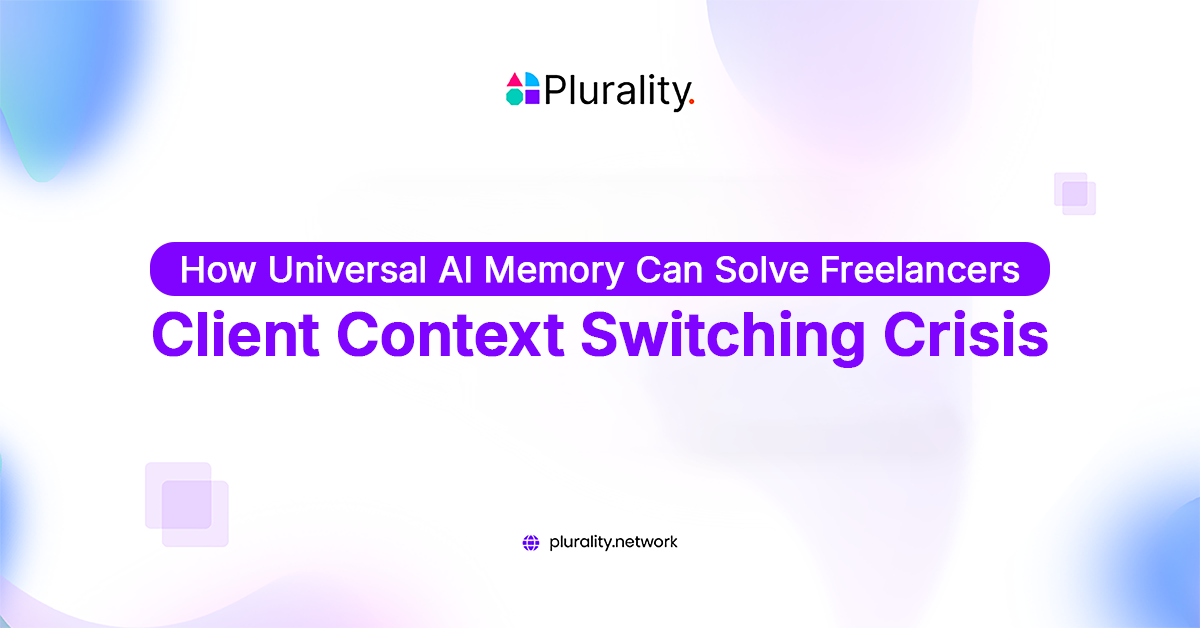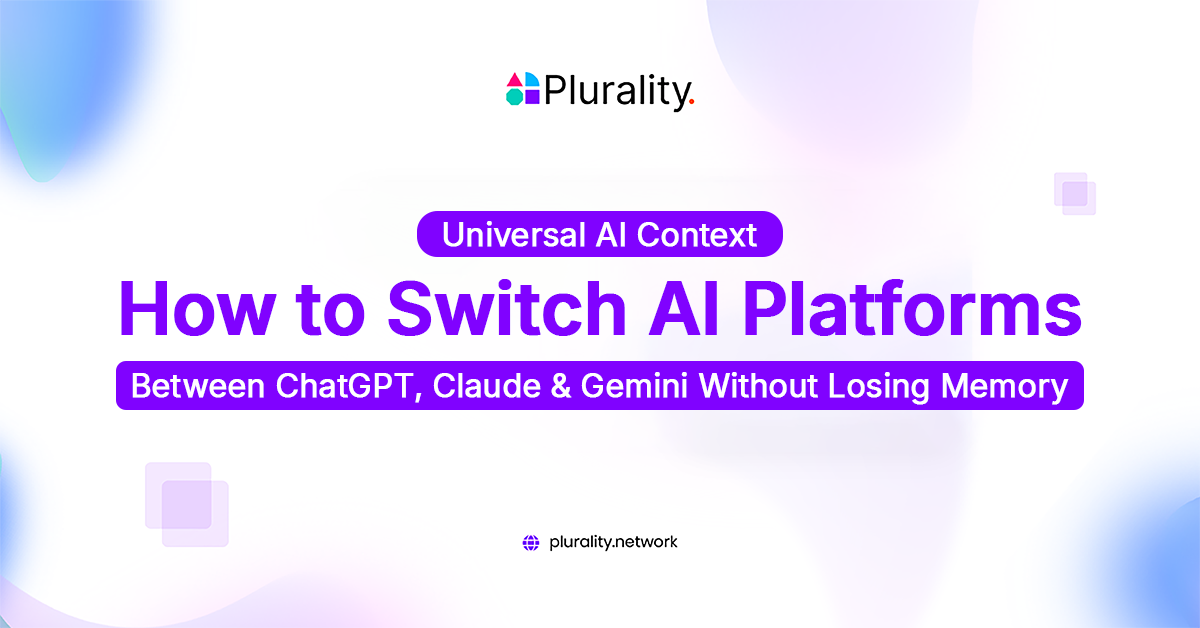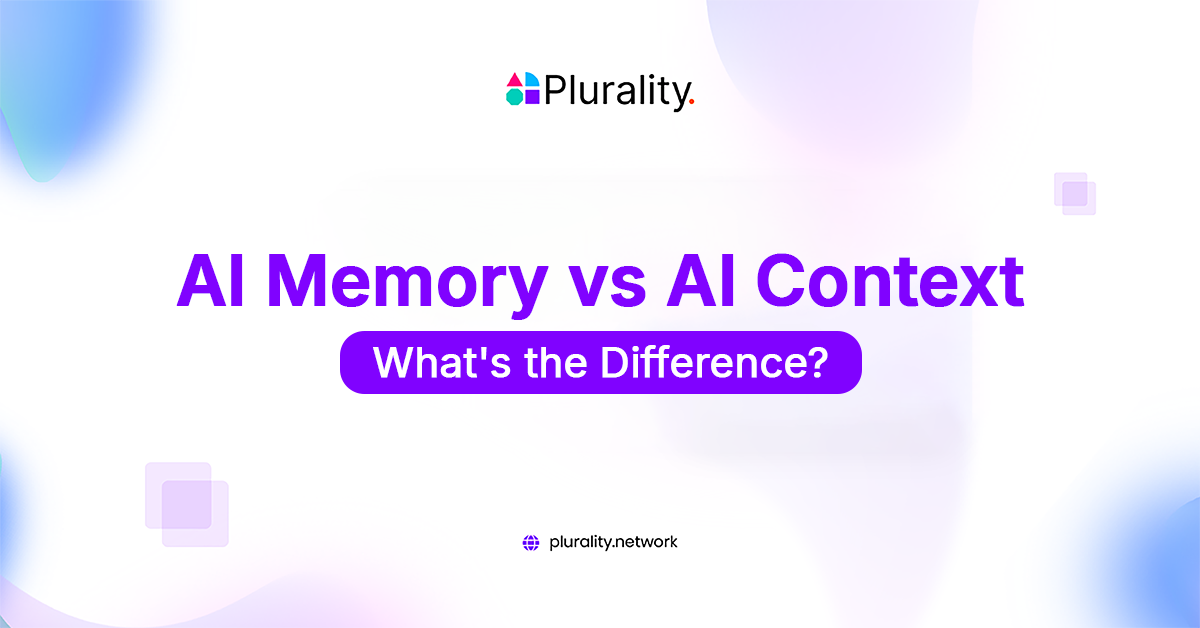The Need for Open Curation Algorithms for Social Platforms
By Alev • August 15, 2024

Curation algorithms are the systems that decide what content appears in our social media feeds, filtering and prioritizing posts based on our behavior and preferences. They play a crucial role in noise reduction, enhancing content relevancy, and delivering personalized experiences by ensuring that the most relevant and engaging content reaches us.
However, despite their importance in feed curation and personalization, these algorithms often need more transparency, leaving users with little control over what they see.
This article explores the need for open curation algorithms and their potential to transform our interactions with social platforms.
The Problem with Current Algorithms
Lack of Transparency
Social media platforms collect vast amounts of data to tailor content to individual users. This data includes our browsing history, interactions, and preferences and is tagged against the user’s profile.
However, these algorithms’ specific parameters and decision-making processes are often opaque. Users must know what data is used and how it influences their feed, and users must also have the agency to opt out or choose an alternative version.
Potential Biases
With transparency, it’s easier to ascertain whether these algorithms are unbiased. Bias can manifest in various ways, such as favoring certain types of content, reinforcing existing beliefs, or promoting sensationalism. This lack of oversight can lead to skewed perceptions and contribute to societal polarization.
The Case for Open Curation Algorithms
User Empowerment
Open curation algorithms give users greater agency over their digital experience. By providing options to select different algorithms, understand the parameters influencing their feed, or turn off algorithmic curation entirely, users can tailor their experience to their preferences and values.
Reducing Polarization
One significant benefit of open curation algorithms is their potential to reduce online polarization, often exacerbated by filter bubbles—echo chambers created by algorithms that show users content aligning with their beliefs. Users can make more informed choices about their interactions when they know the factors shaping their feed.
By exposing users to diverse perspectives and breaking down these filter bubbles, open systems can foster a more balanced and less divisive online environment, encouraging meaningful dialogue and understanding across different viewpoints.
Ethical Data Use
Transparency in curation algorithms aligns with ethical data use principles. Users should have the right to know how their data is being used and to consent to its use in shaping their online experience. Open algorithms can help build trust between users and platforms, fostering a healthier digital ecosystem.

Implementing Open Curation Algorithms
Open Profiles
Creating open profiles where users can see and manage the data collected about them is a crucial step. These profiles should provide insights into how data influences the content shown to users, enabling them to make informed decisions.
Algorithmic Choices
Platforms should offer a variety of algorithmic options. For example, users could choose an algorithm that prioritizes chronological content, highlights diverse viewpoints, or filters out sensational content. Giving users control over their feed’s curation can lead to a more personalized and satisfying experience.
Community Involvement
Involving the community in developing and refining curation algorithms can ensure they reflect diverse perspectives and values. Platforms can solicit feedback, conduct user studies, and implement changes based on community input to create more inclusive and representative algorithms.
Challenges and Considerations
Technical Complexity
Developing and maintaining open curation algorithms is technically complex. Web3 ecosystems must invest in robust systems that can handle user preferences and provide transparency without compromising performance.
Privacy Concerns
While open profiles and transparent algorithms are beneficial, they must be implemented with strong privacy protections. Users should have agency over their data, and platforms should ensure data is stored and processed securely.
Alignment of Incentives
Platforms must balance the interests of users, advertisers, and other stakeholders. Open curation algorithms should uphold social platforms’ business models and enhance the overall user experience while maintaining profitability.
Conclusion
The need for open curation algorithms in social platforms is becoming increasingly evident. We can create a more ethical, inclusive, and balanced digital ecosystem by empowering users with transparency and control.
Open curation algorithms promise to reduce polarization, enhance user trust, and foster a new generation of internet interactions based on informed choices and ethical data use.
At Plurality Network, we are pioneering the development of open social context layers and smart profiles that can aid in the creation of open and transparent curation systems. Join us in creating a user-centric internet where you control your digital experience.



